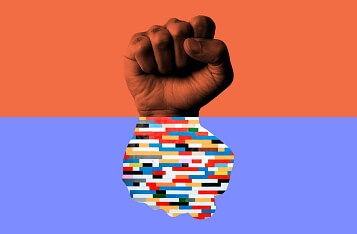The internet is considered one of the most significant technological trends, revolutionizing the way we perceive technology. It has facilitated easier communication and witnessed the emergence of e-commerce and social media. Notably, the internet has evolved rapidly, providing users with more functionalities compared to its earlier stages.
In the past, web 1.0 only allowed read-only websites that displayed information. However, web 2.0 introduced “read-write” capabilities with user-generated content. Now, web3, the decentralized version of the internet, has emerged, giving control to users. Web3 utilizes blockchain technology and smart contracts to ensure users have ownership and control over their data. The growth of web3 platforms relies heavily on the creation of a comprehensive developer ecosystem, as showcased by the Ethereum ecosystem.
Web3 ecosystems are essential due to their focus on decentralization and use of various technologies to empower innovation. Web3 is often referred to as the next step in the internet’s evolution, utilizing technologies like AI and Natural Language Processing to create a more intuitive online environment. It aims to develop personalized user experiences by understanding user intent and context. Web3 strives to create a connected web that promotes data sharing and accessibility across applications and platforms.
Key components of a web3 ecosystem include blockchain, which serves as the core component empowering the ecosystem. It provides a secure environment for developing, distributing, and trading digital assets. Crypto assets, such as tokens and cryptocurrencies, utilize blockchain’s decentralization for secure digital transactions. Smart contracts, self-executing computer programs, enable the development of innovative decentralized applications (dApps).
DApps are an integral part of the web3 ecosystem, combining interactivity with decentralization to create a new internet model without intermediaries. Interoperability allows users to communicate and use their digital assets across different platforms while maintaining control over their data. Unlike web2, where data is controlled by centralized entities, web3 ensures users have complete control over their data.
To build a web3 ecosystem, it is crucial to design an attractive developer experience and provide support to gain the trust of early adopters. This includes answering developer questions, creating code templates and developer tools, maintaining FAQs, and offering code reviews. Developing a robust infrastructure ecosystem is also vital, with Ethereum being a popular choice due to its open-source tooling. Other blockchain networks like Solana can also be explored. Mapping the application ecosystem involves taking stock of existing teams, identifying shortcomings, and continuously developing new ideas to improve the web3 ecosystem.
By following these steps and focusing on the core elements of a web3 ecosystem, developers can contribute to the growth and success of the decentralized web.
Source link























